ADDRESS AT THE XXVIII ANNUAL CONVOCATION OF POSTGRADUATE INSTITUTE OF MEDICAL EDUCATION & RESEARCH (PGIMER), CHANDIGARH
07-03-2007 : Chandigarh
Healthcare and its multi-dimensions
"Let my brain remove your pain"
I am delighted to participate in the 28th Annual Convocation of Postgraduate Institute of Medical Education & Research (PGIMER). I congratulate all the post-graduate students for their academic performance and the faculty members for shaping the young minds. My greetings to the Director, faculty members, scientists, technologists, government functionaries, students and distinguished guests. I understand that during the last forty five years the Institute has generated more than five thousand super specialty medical professionals who are playing a key role in providing quality Medicare to the needy patients in different parts of the country and aboard. Of course PGI-MER, every year removes the pain of the people using the best of technology and care of over one million outpatients and over 50,000 inpatients. PGI-MER is respected across the medical fraternity for their regular mortality meetings and emphasis on learning through autopsy. PGI-MER is well known for its well-known evidence based research using the autopsy and the data derived. The postgraduate students and faculty are present in these meetings. Nation is grateful to you and I greet you for your performance. I would like to share with you few thoughts on the topic ?Healthcare and its multi-dimensions?.
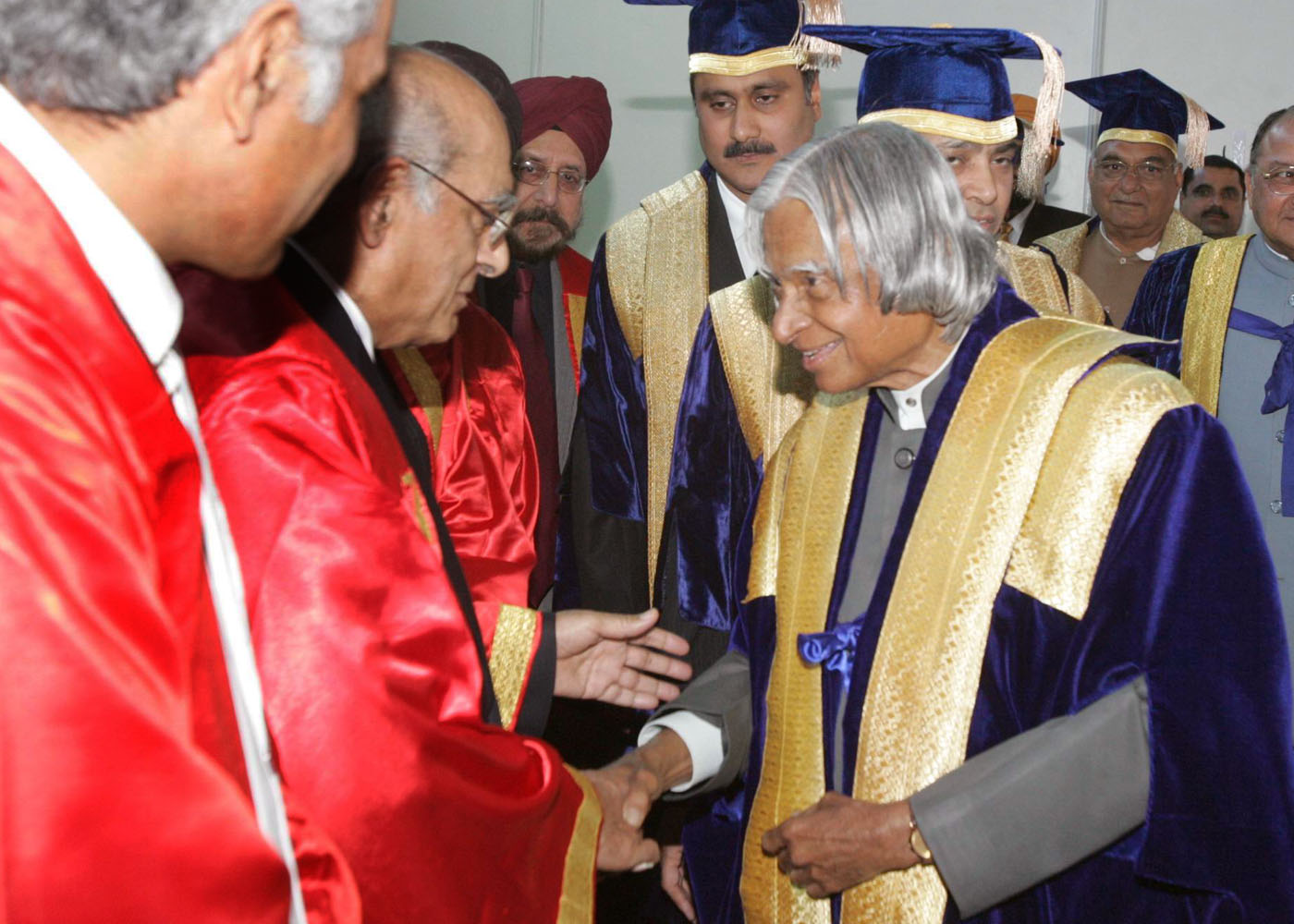

Thrombosis research in India
Since PGIMER is a research institution having a large clinical database, I thought of sharing with you an important event, which took place in Bangalore. I inaugurated THROMBOSIS RESEARCH INSTITUTE on 18 Dec 2006, pioneered by the founder Director Dr. V.V. Kakker based on the institution he established in UK. Some of the researchers of PGIMER may be working in this area. Based on the discussion I had with the experts in this field, let me share with you, the research content on the Thrombosis prevention that has a direct relevance to cardiovascular, neuro and other diseases.
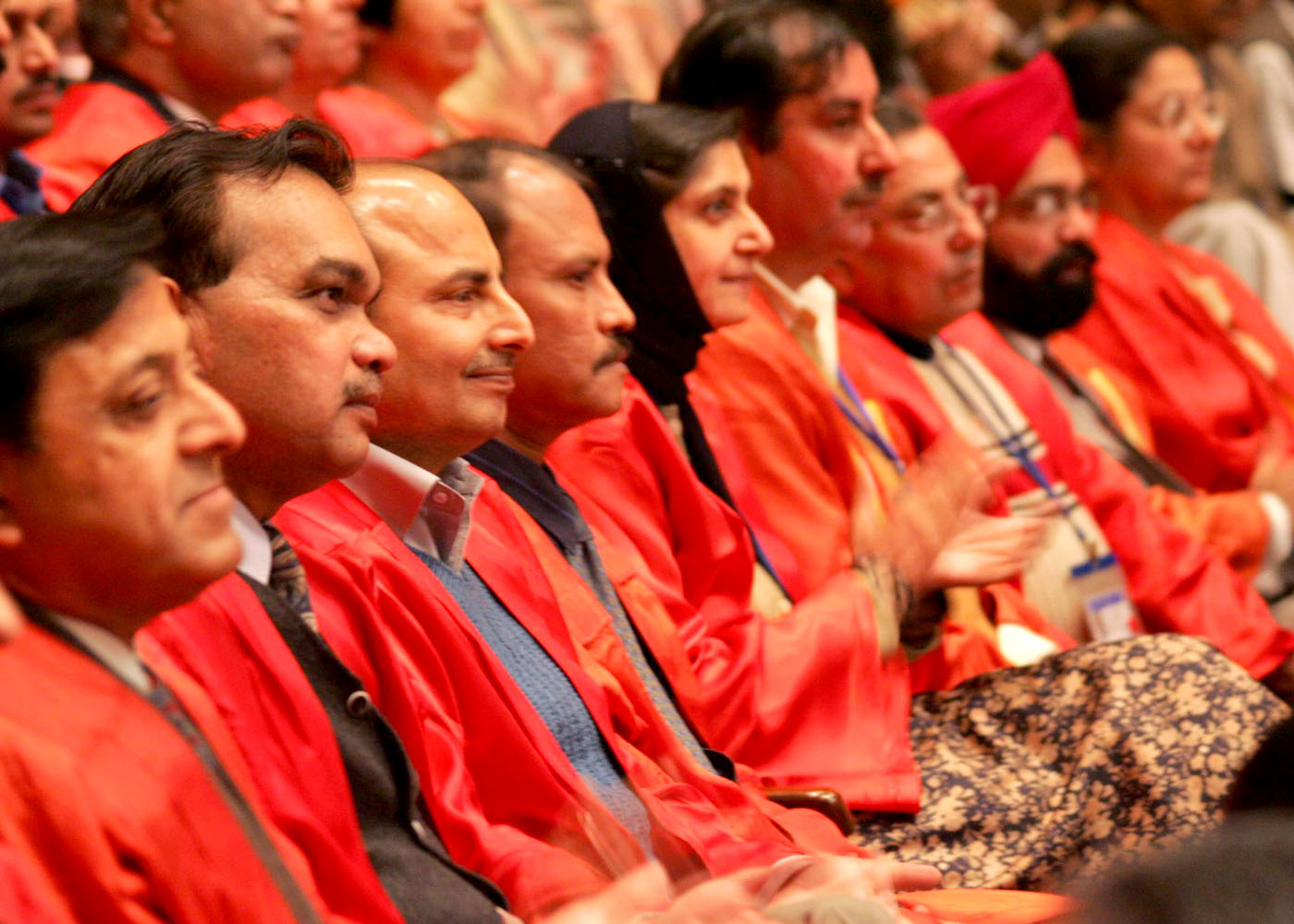
Treatment of Thrombosis: The knowledge obtained through the new research is likely to impact positively specialties like Cardiology, Neurology, Peripheral Vascular Disease, Open-Heart Surgery, Coronary Vascular Interventions and Artificial Heart Valves. Congenital gene-linked disorders like Hemophilia may be benefited by new genomic medical technology. Availability of drugs like Heparin opened the door to operations such as open-heart surgery, cardiac catheterization and angiography. Thrombolytic drugs like Streptokinase have reduced ICCU mortality of acute heart attacks from 15% to 5%. Appropriate and early timely use of these drugs is saving lakhs of lives all over the world. Heparin and clot-buster drugs have contributed tremendously in saving patients with deep venous thrombosis and clot embolism to lungs. Recent contributions in the management of acute brain stroke are of great clinical significance. We need newer thrombolytic drugs more ideally suited for safe and effective use in acute heart attacks and brain strokes. They should not only be more effective, but they should have no systemic side effects and not have rebound thrombosis. One of the nano-technology applications ideally suited for this purpose is drug mailing, where the injected drug will go to the site of the clot and be effective locally at that required site. I am sure the Researchers of PGIMER would like to take part in such applications.
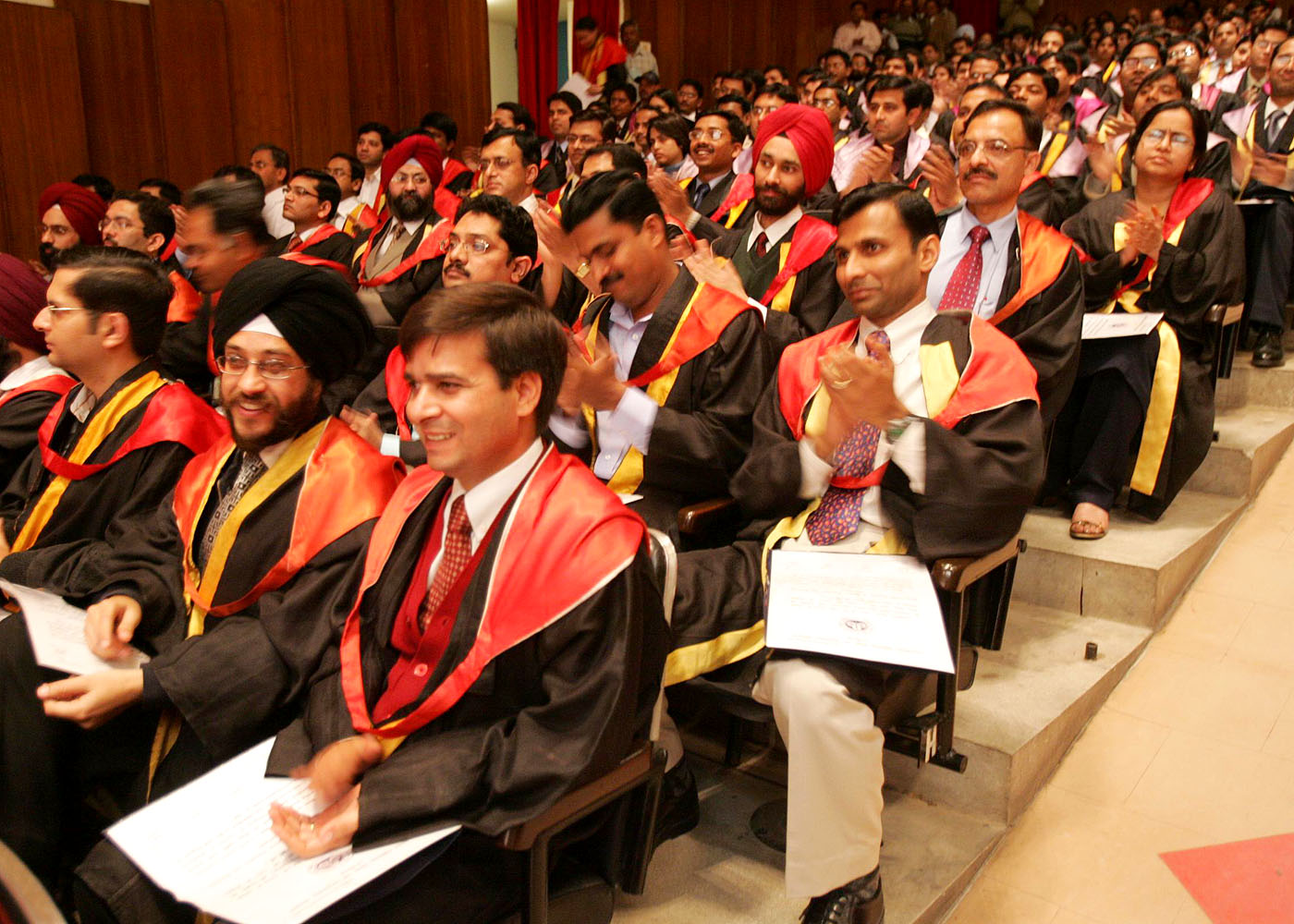

Resistance to drugs
Aspirin has been in use for more than 300 years. It has found new applications in the treatment of patients with coronary artery disease, cerebro-vascular disease, and peripheral vascular disease and as a thrombosis-preventive drug in patients with stents in the blood vessels. But unfortunately, 25% of the populations have aspirin - resistance. The alternative drugs used for the same clinical indication has problem of resistance in 10% of the people. The clinical challenges confronting us are how to detect resistance to drugs and counter effectively through therapeutic strategies. Resistance to these drugs pose serious problems in patients with cardio-vascular disease and those who have coronary stents, particularly drug-eluting stents. Non-response to these drugs may mean complications and loss of life. I would suggest the PGIMER may collaborate with Thrombosis Research Institute and work on some of the following missions:
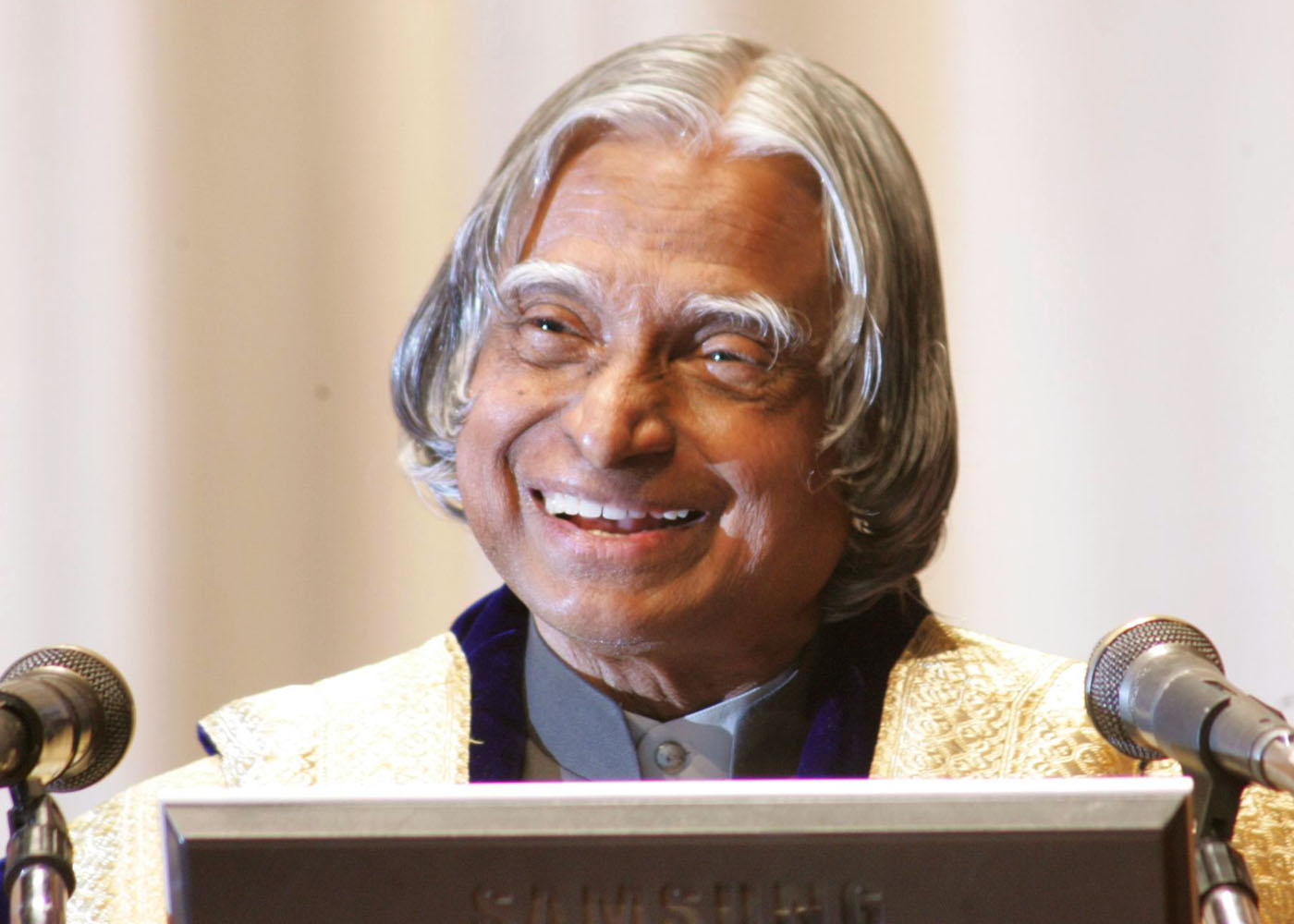
a. Developing a simple and cost effective test for identifying individuals most at risk of suffering from cardiovascular disease at an early age to allow intervention to prevent long-term disability.
b. Undertaking population genetics and gene expression studies in early onset of coronary artery disease in the Indian population to gain a deeper understanding of the inter - relationship between the genetic and environmental risk factors.
c. The evidence shows that infections occurring at the early age around the age of 2 to 3 years make a person susceptible to cardiovascular diseases. There is a need to design a unique vaccine to prevent infection and changes in blood vessels thereby leading to prevention of heart disease or stroke.
Now I would like to discuss about the importance of mind- body synergy in heart care.

Mind-Body-Synergy Studies
Studies on optimization of mind-body-synergy had commenced in the Defense Research and Development Organization in 1993 by integrating two laboratories namely the Defense Institute of Physiology and Allied Sciences and the Defense Institute of Psychological Research. This enabled creation of mind-body-synergy in understanding problems faced by humanity. Studies were started in three areas namely cancer, HIV/AIDS and coronary artery disease. The aim of the studies was to validate the hypothesis that mind-body-synergy could provide a solution to global health problems. Health has to be treated not as the absence of disease but the feeling of complete physical, mental and social well-being. Generally, the conventional health care system pays attention to physiology. I have come across a beautiful book 3 decades ago titled ?Man the Unknown? written by the Nobel laureate Alexis Carroll. He brought out for the first time how in American medical schools, treatment deals with mostly converting pathology to physiology. Whereas, the cause of pain and the disease arises out of lack of an integrating mechanism in the mind and the body. This has led to a major change in thinking about the causes of disease and has resulted in a considerable amount of change in the medical syllabi in different parts of the world. I would suggest PGIMER to formulate the courses to achieve this goal.
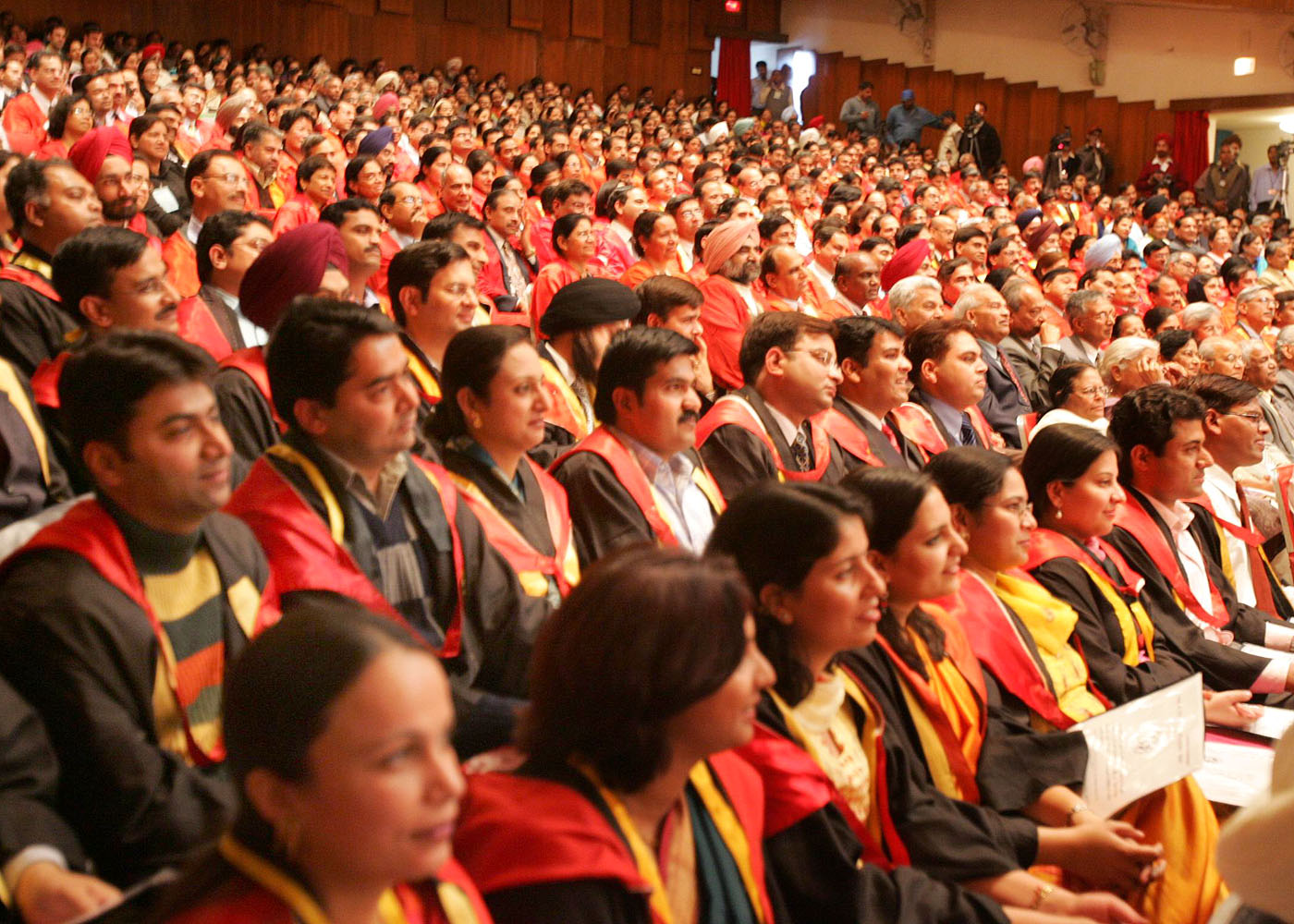
DRDO - Global Hospital Initiative: Keeping this in mind the DRDO took the initiative of formulating a project in collaboration with the Global Hospital and Research Center, Mount Abu an institution of the Brahma Kumaris. They added the fourth dimension of spiritual health to take care of total heart health. In addition, this project involved a partnership from many hospitals and research institutions spread in different parts of the country, wherein cardiologists, endocrinologists, physiologists, fitness experts and spiritualists worked hand-in-hand for more than eight years to understand if this integrated mechanism can provide an antidote to the expanding global heart problem.
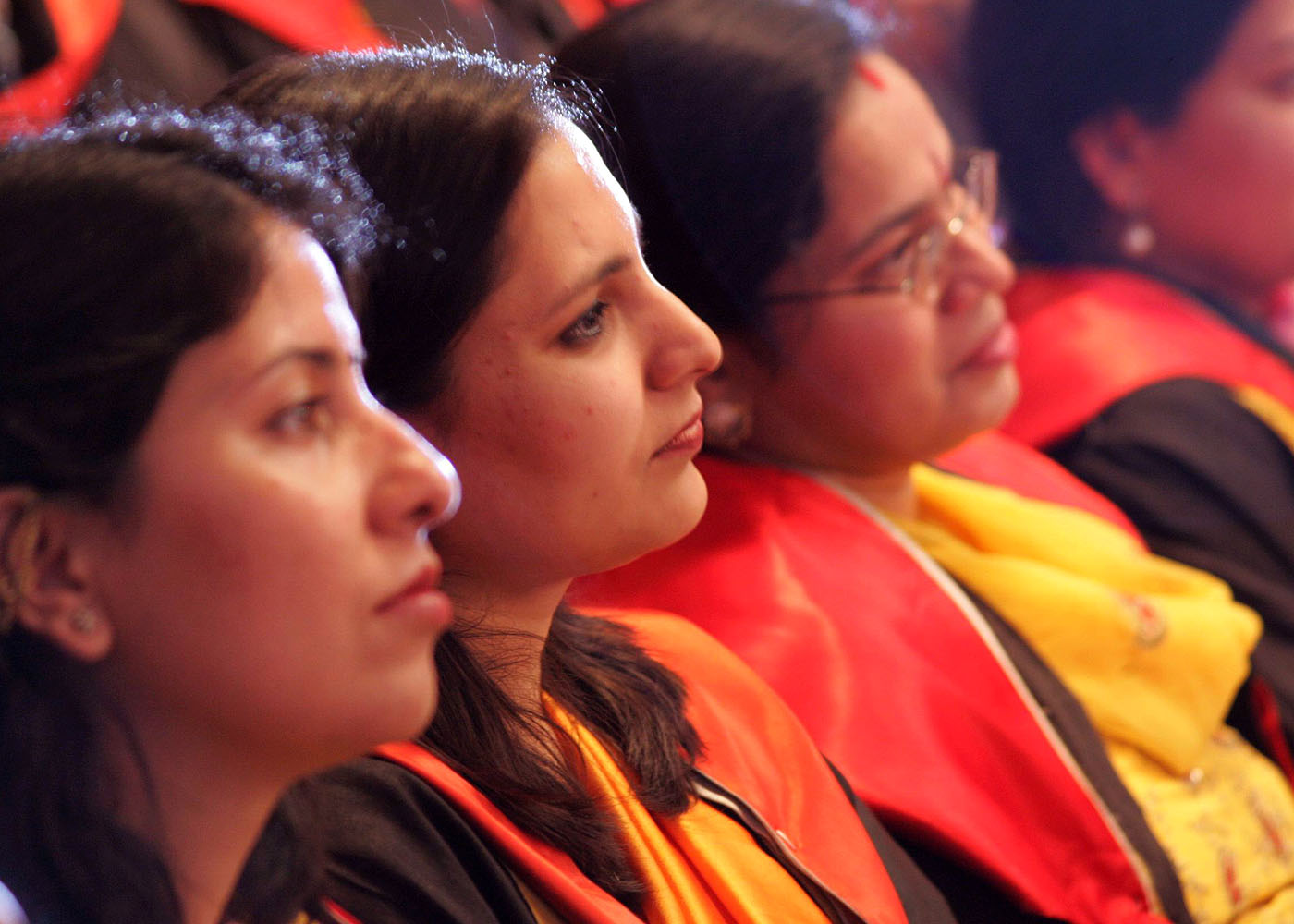
Study analysis: This hypothesis was tested in more than five hundred and eighteen patients, who had angio-graphically proven coronary artery disease. Two trials were carried out, Mount Abu Open Heart Trial in which patients served as their own controls and Abu Healthy Heart Trial in which hundred and twelve patients received a healthy life style, whereas hundred and five patients served as control and did not receive the healthy life style intervention. In fact, the control group was also prescribed the same diet and exercise but was not given instructions on meditation. Most of these patients had advanced coronary artery disease involving all three-heart arteries. These patients were tracked over a period of eight years by the Global Hospital and DIPAS.
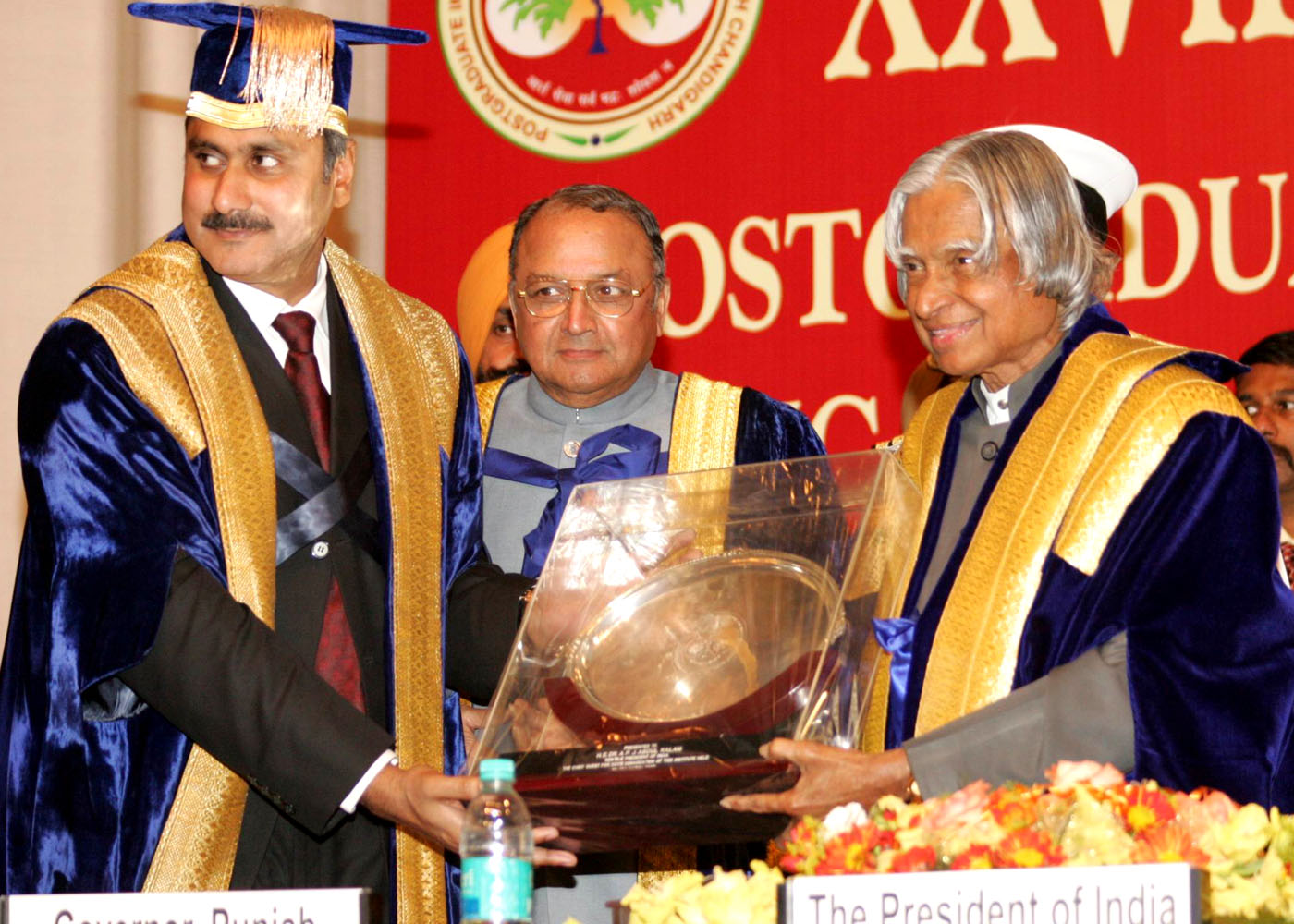
Life Style Intervention: The life style given to these patients was very elegant and practical. In fact, they received a traditional Indian diet having lots of fiber, fruits and sprouts, which I understand was a staple diet of every Indian family about five decades ago. The exercise given was simple; a brisk walk both in the morning and evening hours. The third component of the intervention was stress management through meditation. The main efforts were to empower patients with information and education on heart disease and how they themselves can control or reverse it.
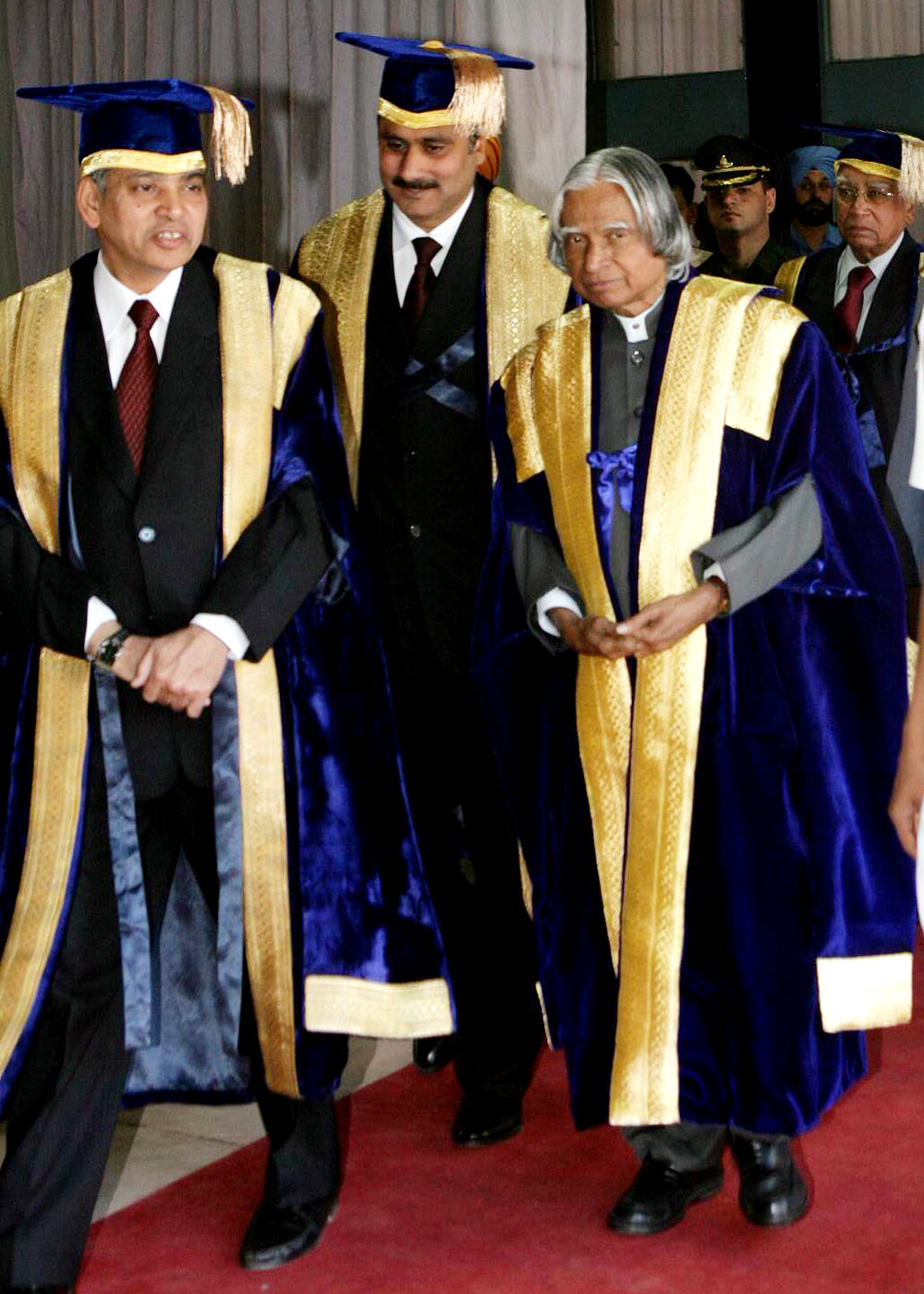
Angiographic Evaluation: The angiographies were coded and analyzed by a panel of independent cardiologists. The outcome establishes the hypothesis. Like any medical treatment a visibly marked improvement in cardiac health of these patients could be seen within seven days of the commencement of the intervention. Their requirement of drugs prescribed by their cardiologists decreased markedly. The symptoms of chest pain and uneasiness reduced. Their capacity to exercise improved dramatically. After six months of intervention some of the patients were even able to take to swimming. The so-called bad cholesterol, stress hormones profile improved noticeably. The psychological or mental health showed considerable improvement.
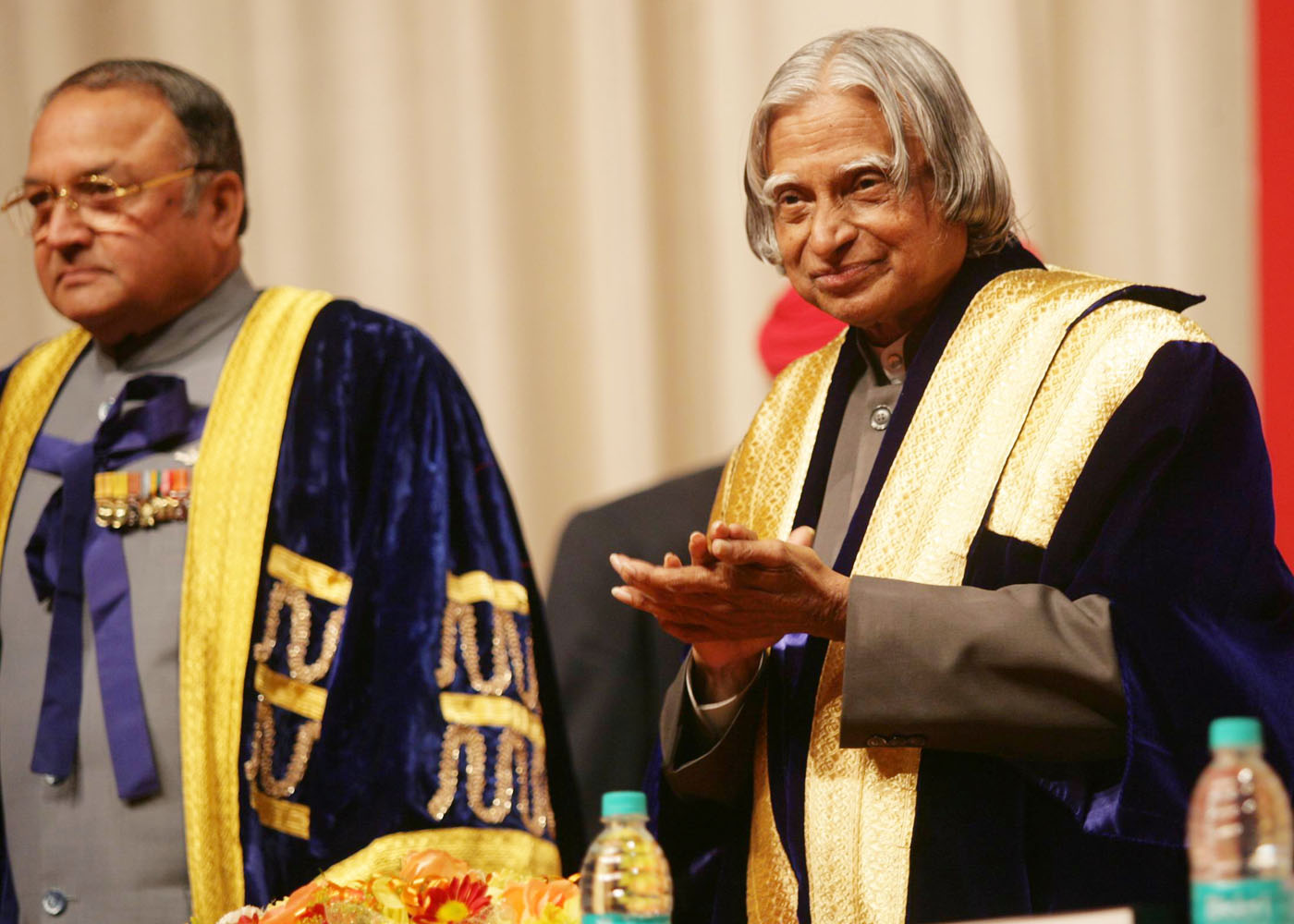
The heartbeat became very rhythmic and natural. The brain waves especially the Alpha that I understand are an indicator of mental tranquility increased dramatically. In fact, the increased Alpha waves could be recorded both during eye closed and eye open conditions suggesting that while they were doing their routine work mental tranquility was well maintained.
When their angiographies were repeated the control group showed an increase in artery blockage whereas the group, which received life style intervention, showed a substantial decrease in artery blockage. Thus, this experiment clearly gives ample evidence to confirm the hypothesis about the efficacy of lifestyle intervention in promoting sustainable healthy hearts
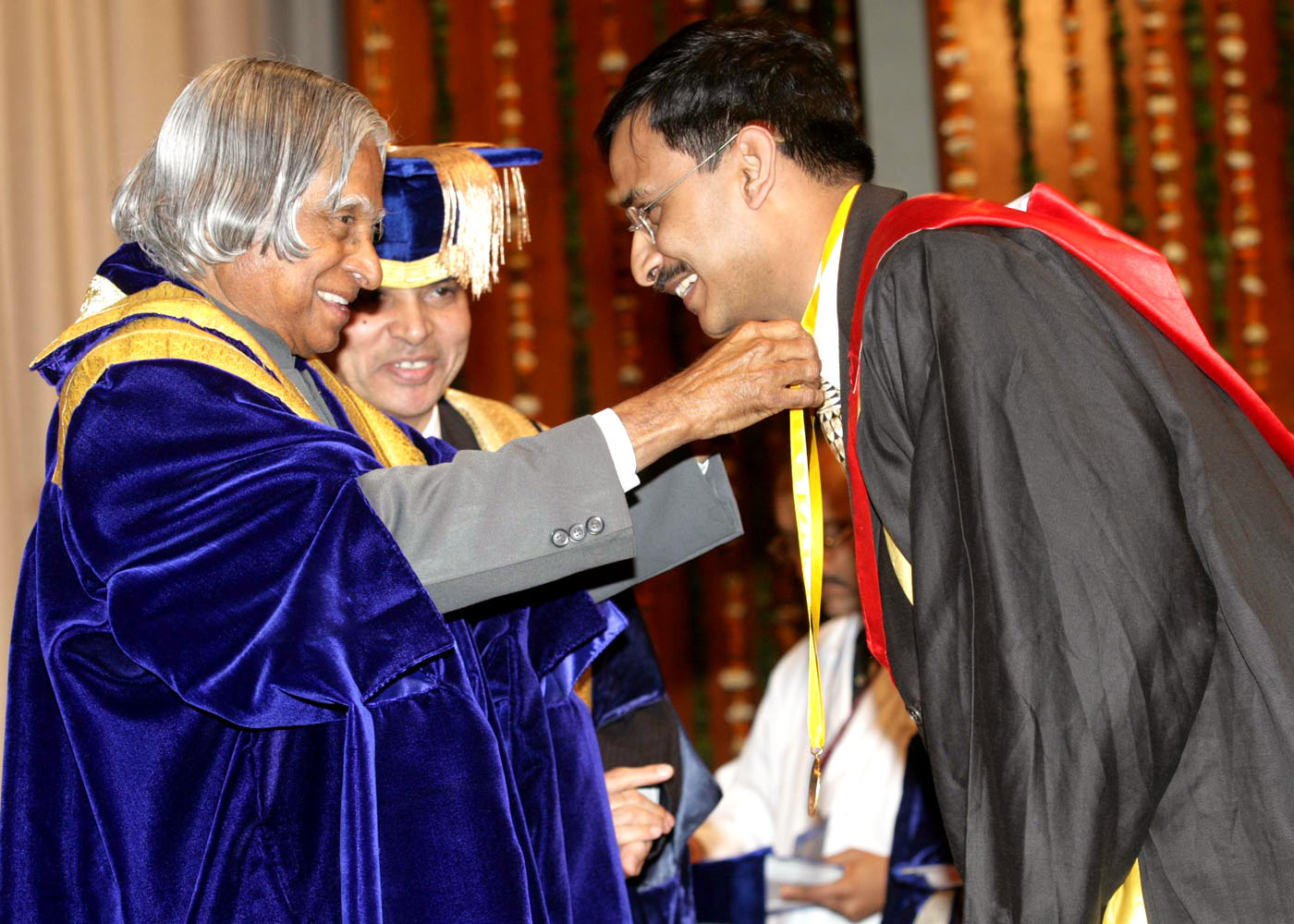

Replication of Experiments
However, I would suggest that the faculty members and students of PGI-MER should extend this experiment to the patients coming to this institute so that what benefit a limited number of people have got in Global Hospital can be shared by people of this region and others also. This will definitely lead to savings of substantial amount of expenditure as a large number of diseases are now well recognized to be due to faulty lifestyles. Also, the productivity added due to the continuous well being of the people can result in faster national development due to enhanced availability of healthy human resource. In addition to the application of mind, body synergy treatment for heart care, I would suggest PGI-MER to take up the effect of integrated mind body treatment for other diseases such as HIV AIDS, cancer and diabetics. Now, I would like to discuss about the need for networking of medical scientists.
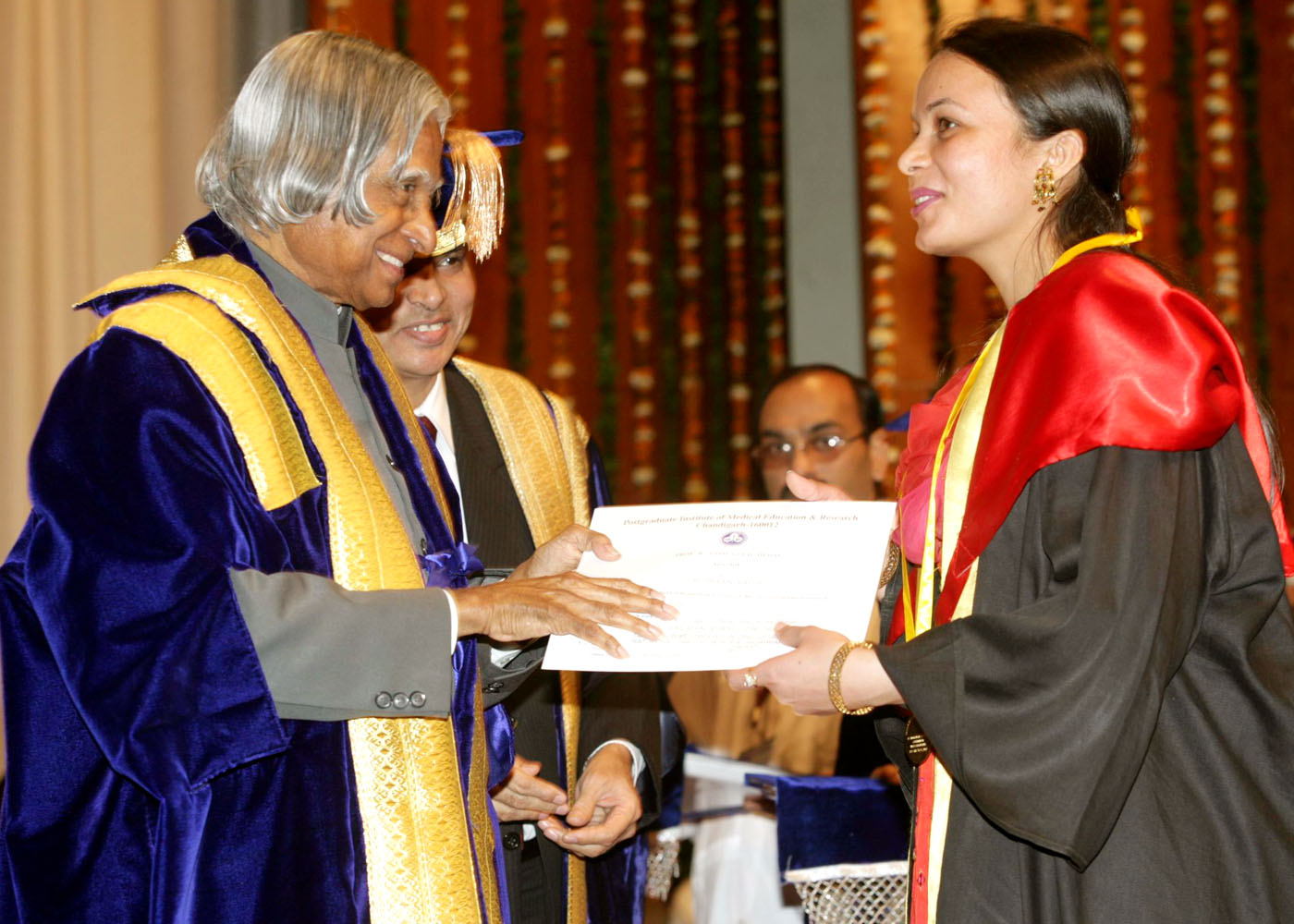

Networking the Medical Scientists
I have seen the website of PGIMER. This can become a common platform for providing connectivity amongst thousands of medical professionals particularly the alumni of PGIMER practicing in different parts of the world. The website can document the case studies and special treatment regimes followed by different specialists and also the novel diagnostic techniques used by them for treating many diseases. You could also include provision for the common man to ask questions about his specific problems connected with his disease, which can be answered by a panel of specialist doctors belonging to PGIMER. This will lead to automatic generation of a database of such patients and make treatment of these diseases available by specialists at an affordable cost. However, the confidentiality and anonymity of the patient has to be maintained by the website. This website can be used for creating awareness regarding various diseases, their symptoms and the appropriate time when the patient consults a specialist doctor. You can also extend the services of the faculty members and students to the rural areas of this region through tele-medicine in number of rural centers. This will be a great service provided by the 5,000 alumni, Staff and students of this Institute to the needy. This is now possible due to the availability of EDUSAT in the country. PGIMER may request the Indian Space Research Organization (ISRO) to give them connectivity for medical education and training.
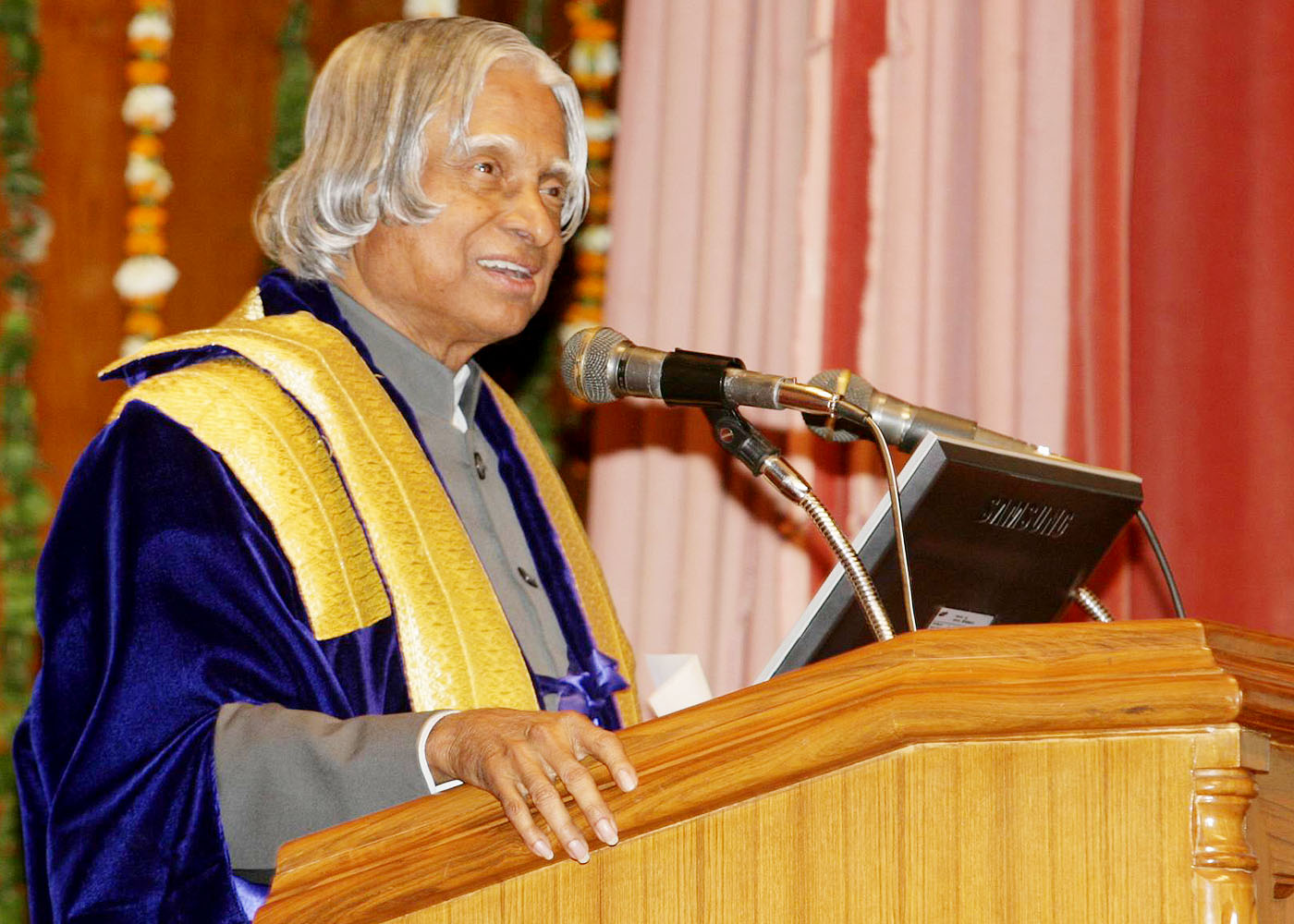

Mentally Challenged Children Research
Father George a researcher and myself have been working for the last three years on a research programme on mentally challenged children. Few important results that we are converging, may lead to certain relationship for autism. The research was aimed to find integrated solution using technology, software and hardware application to achieve a near normal functioning of the brain of mentally challenged children. Is it possible? That is the research focus. When I saw some of the mentally challenged children performing certain activities like singing, and painting at the Central Institute of Mental Retardation, in Thiruvananthapuram, I became convinced that one day convergence of information and communication technology, medical electronics, bio-technology, nano-technology and mathematical simulation can lead to an integrated solution to their problem. We have been studying mentally challenged children in various research institutions, homes for mentally retarded and hospitals. We are confident that it will be possible to transform certain functions of the damaged portion of the brain say in the left hemisphere to the normal portion in the right hemisphere of the brain by some triggering mechanism, or by implanting a bio-chip to carry-out those functions. The research is indeed locating the exact area of defect. Medical scientists and technologists using an integrated approach can find permanent solution, which can help children afflicted with mental disability. The other research area proposed is the use of stem cells for increasing the quality and quantity of the neurons in the brain system. This area of research is in the preliminary stage.

Brainstorming in John Hopkins University
Institute of Health in US in a survey found that 95,000 deaths occur per year in the United States due to medical errors. Though this information can be debated, this information was found to be very disturbing. It was recognized that there is a need for change in approach in medicare to improve the safety and quality of care to patients. In this connection, it was felt that it is important to train the doctors, the nurses, paramedics, technicians and everyone connected with medicare. Modern hospital is a very complex organization and there are challenges ahead to improve the safety of the patients. Quality medicare is possible only when people work together as a team. Recently a seminar was conducted in John Hopkins where there was a brainstorming session between the doctors, medicare personnel, patients and the relatives of the patients which brought out all these factors very clearly.
I am happy that PGIMER has a ?case record club? in which students present the cases on Mondays and Tuesdays and faculty members present the cases on Wednesdays and Thursdays. Fridays have been reserved for discussion of the post-mortem cases leading to medical audit. I would suggest that PGIMER to consider participation of nurses and paramedical staff also in case record club meetings. I am telling this audience, because this type of integrated conference has been conducted after the occurrence of tragic incident in John Hopkins Hospitals. A child?s life was lost because of judgement in their diagnosis. The mother of the child briefed the whole incident to the combined gathering of the hospital team. It was a moving experience of the mother. There is a CD, which my friend has sent to me from the John Hopkins Hospitals. Particularly while attending the patients in pre operative, operative, post operative and recovery period, large number of sophisticated instruments and monitoring systems are used. In this scenario, experience of treatment and the problems has to be shared together on fixed days of the week by all concerned and the results documented. This document will enable evidence based treatment systems. It will also become a teaching wealth for all the specialists.

Conclusion
India has made considerable progress in its health status since its Independence and particularly during the last fifteen years. At the time of Independence, the life expectancy of an Indian was less than thirty years, whereas it is now over 64 years. Infant mortality has come down from 87 to 60 deaths per 1000 live births and population growth rate has decreased from 1.9% to 1.4%. Still infant mortality is very high. We have to bring it to the level, which has been achieved by Kerala.
While I am with you Dear Friends, I realize for our country the important current health mission is to combat TB, water borne diseases like Diarrhea, and vector borne diseases like Malaria apart from infectious diseases, cardiac diseases, cancer and HIV AIDS. I realize that the medical experts assembled here are required to carry out research in all the areas, which I have mentioned above for finding cost effective medical care, which can reach our rural masses. In addition the medical community should also find suitable vaccines for preventing some of the diseases in our country, particularly for HIV/AIDS.
Friends, I can see Post Graduate Institute of Medical Education and Research, Chandigarh has been built on hard work with the great tradition of learning, research, clinical practices and development of evidence based medicine.
Once again let me congratulate the post-graduates passing out from PGIMER today. My greetings to all the members of PGIMER and my best wishes for their success in their mission of developing quality health care professionals for meeting national and international needs.
May God bless you.

Five Point Oath for Medical Professionals
1. We the medical professionals realize that we are in God?s mission.
2. We will always give part of our time for treating patients who cannot afford.
3. We will treat at least 20 rural patients in a year at minimum cost by going to rural areas.
4. We will encourage the development of quality indigenous equipments and consumables by making use of them in all our operations assuring the reliability of the products.
5. We will follow the motto "Let my brain remove the pain of the suffering humanity and bring smiles".
<<Back
|